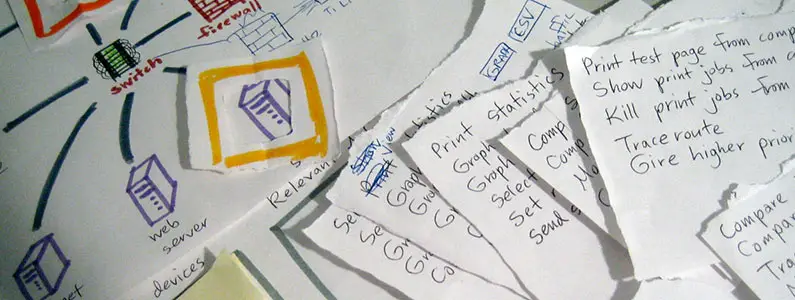Contents
Job Design Definition
Job Design, which can also be called Work Design or Task Design, is the process of assigning tasks to a job, including the interdependency of those tasks with other jobs.
It is to help improve the employees relationship with the job in hand and increase the quality of the product or service at the same time. Job Design has an importance within keeping an organization at the right standard of work and employee ethics.
The following are some definitions by scholars in the field, this may help as they are a good way to start off an essay question within an exam.
Job redesign: collective name given to techniques designed to increase one or more of the variety, autonomy and completeness of a person’s work tasks
Arnold (2010: 704)
Job characteristics model: a job design model that relates the motivational properties of jobs to specific personal and organizational consequences of those properties
Bratton (2010: 498)
Learn More About Job Design
Job design, also known as work design or task design, is a crucial aspect of organizational management that focuses on the structuring of job roles and responsibilities.
This process is not just about assigning tasks to a job; it’s about understanding and optimizing the interdependency of those tasks with other jobs within the organization.
The ultimate goal of job design is to enhance employee engagement with their work and simultaneously improve the quality of products or services offered by the organization. The significance of job design lies in maintaining the right standard of work and fostering a strong ethical culture within the workforce.
The Concept of Job Design
At its core, job design involves analyzing job roles and their requirements, and then shaping these roles to align with both organizational goals and employee needs.
This could include defining the scope of job responsibilities, deciding how tasks are to be performed, and determining the systems and procedures to be used. An effective job design promotes job satisfaction, increases productivity, and reduces employee turnover.
The Elements of Job Design
Several key elements form the backbone of job design. These include:
- Task variety = Ensuring that a job involves a variety of tasks and skills, which can reduce boredom and increase job satisfaction.
- Task identity = Creating a sense of ownership by ensuring that employees can identify with the task and see the tangible results of their efforts.
- Task significance = Making sure that employees understand the importance of their job and how it contributes to the organization’s goals.
- Autonomy = Providing employees with the freedom to make decisions about their work, which can lead to higher job satisfaction and a sense of empowerment.
- Feedback = Implementing mechanisms for providing regular and constructive feedback about job performance.
The Benefits of Effective Job Design
The benefits of effective job design are manifold. Firstly, it can lead to increased job satisfaction as employees find their work more meaningful and engaging. This, in turn, can lead to higher levels of motivation and productivity. Secondly, well-designed jobs can reduce the likelihood of job-related stress and burnout, thereby improving overall employee well-being. Furthermore, job design can play a pivotal role in talent retention, as employees are more likely to stay with an organization that values their contributions and invests in their growth.
**Challenges in Job Design**
Despite its benefits, job design poses certain challenges. One of the primary challenges is balancing the needs of the organization with the preferences and capabilities of employees. There’s also the risk of over-designing jobs, where excessive structuring can lead to rigidity and stifle creativity. Keeping pace with technological advancements and changing industry trends is another challenge, as job roles need to evolve continuously.
**Conclusion**
In conclusion, job design is a vital process that has significant implications for both employees and organizations. It’s about creating roles that are not only efficient and productive but also fulfilling and ethical. By paying attention to the key elements of job design and addressing its challenges, organizations can foster a work environment that is dynamic, engaging, and conducive to long-term success.

Key Learning Points
- What is Job Design?
- How Do You Define Job Design?
- Which Theories link with Job Design?
